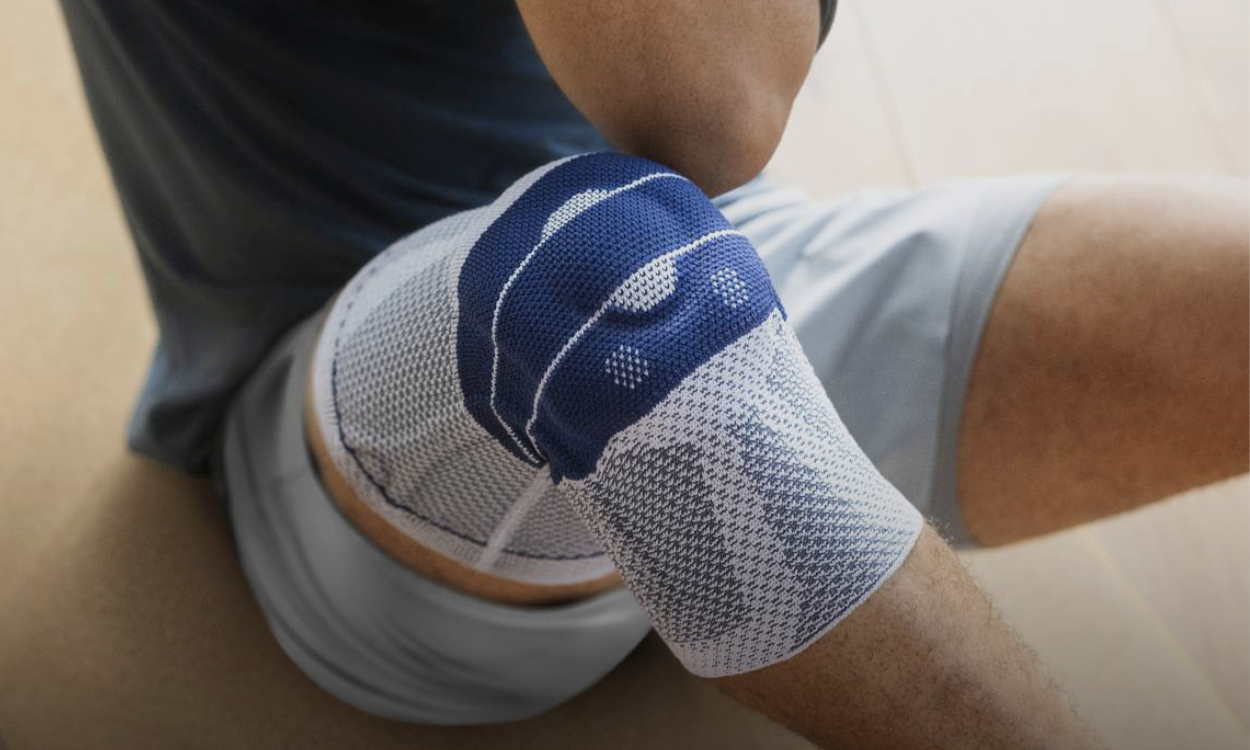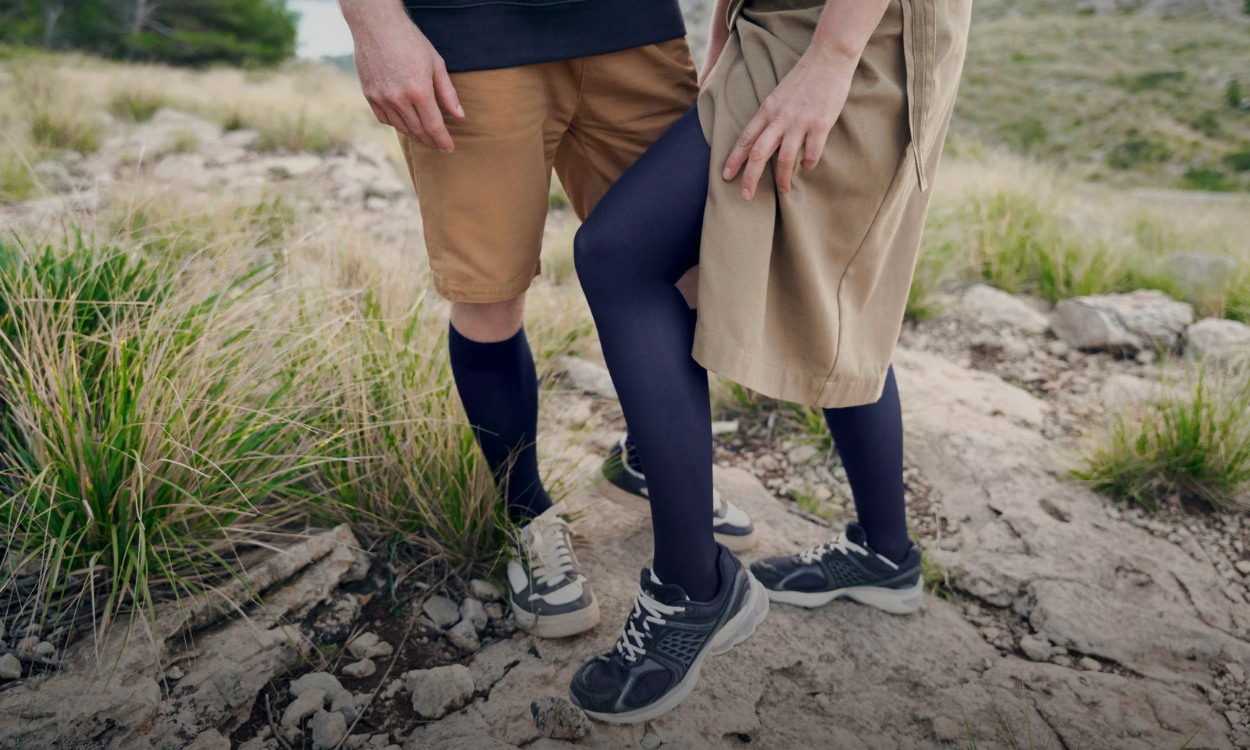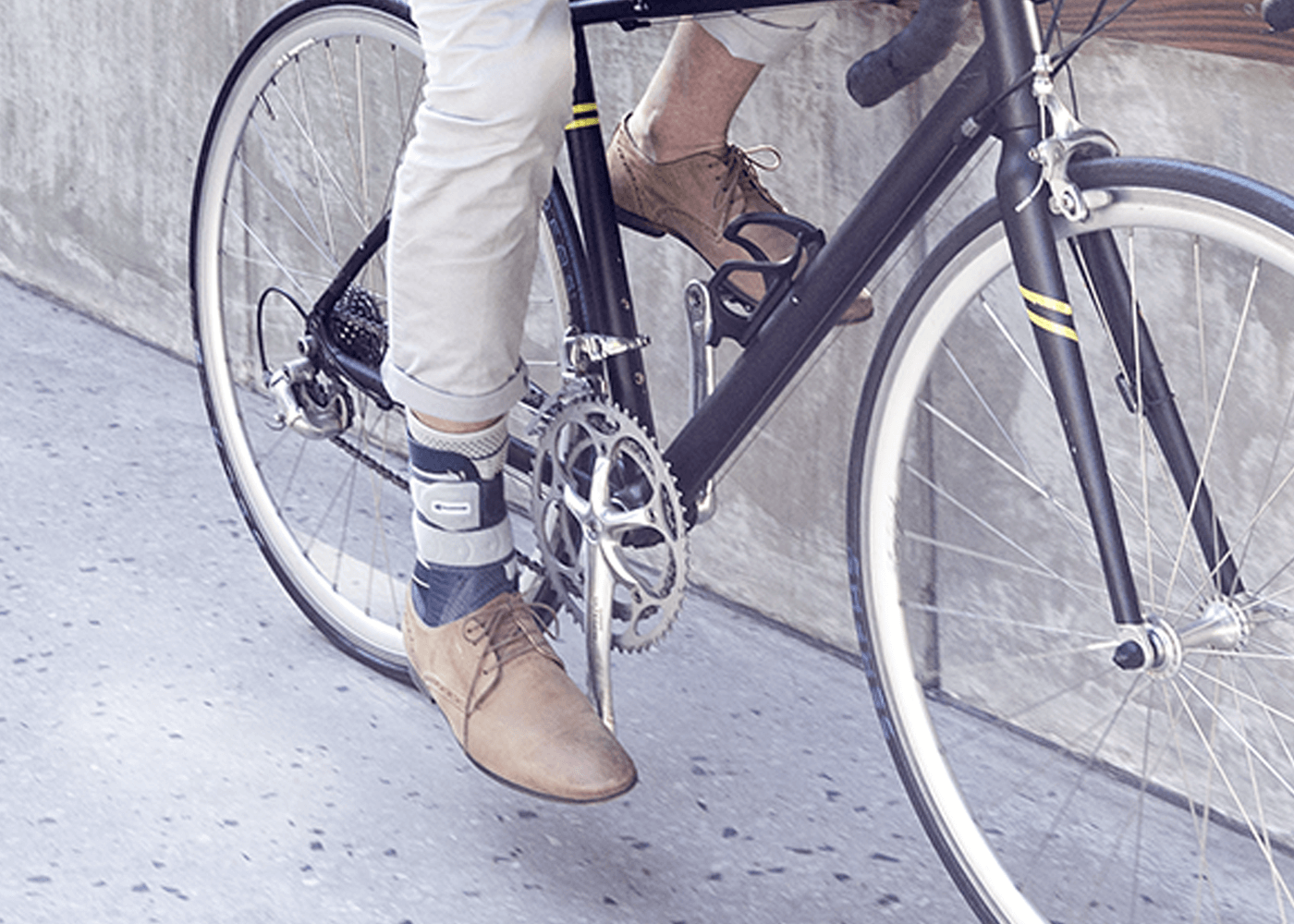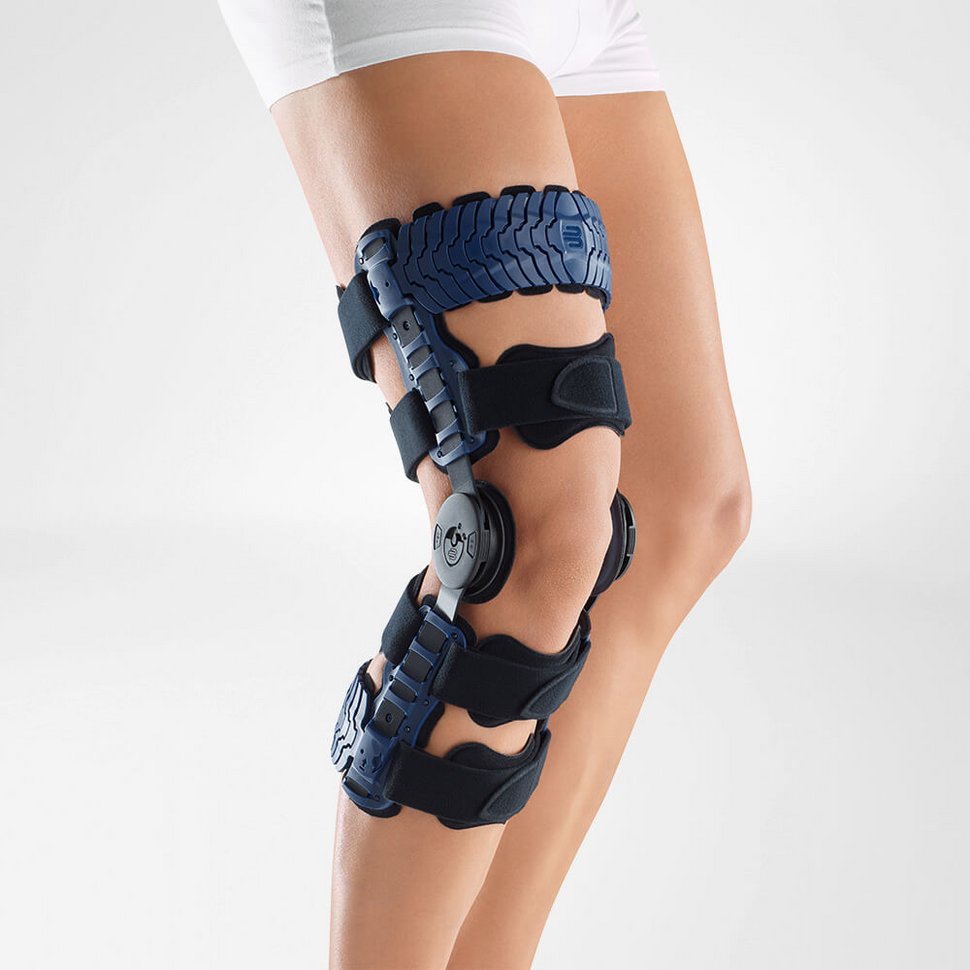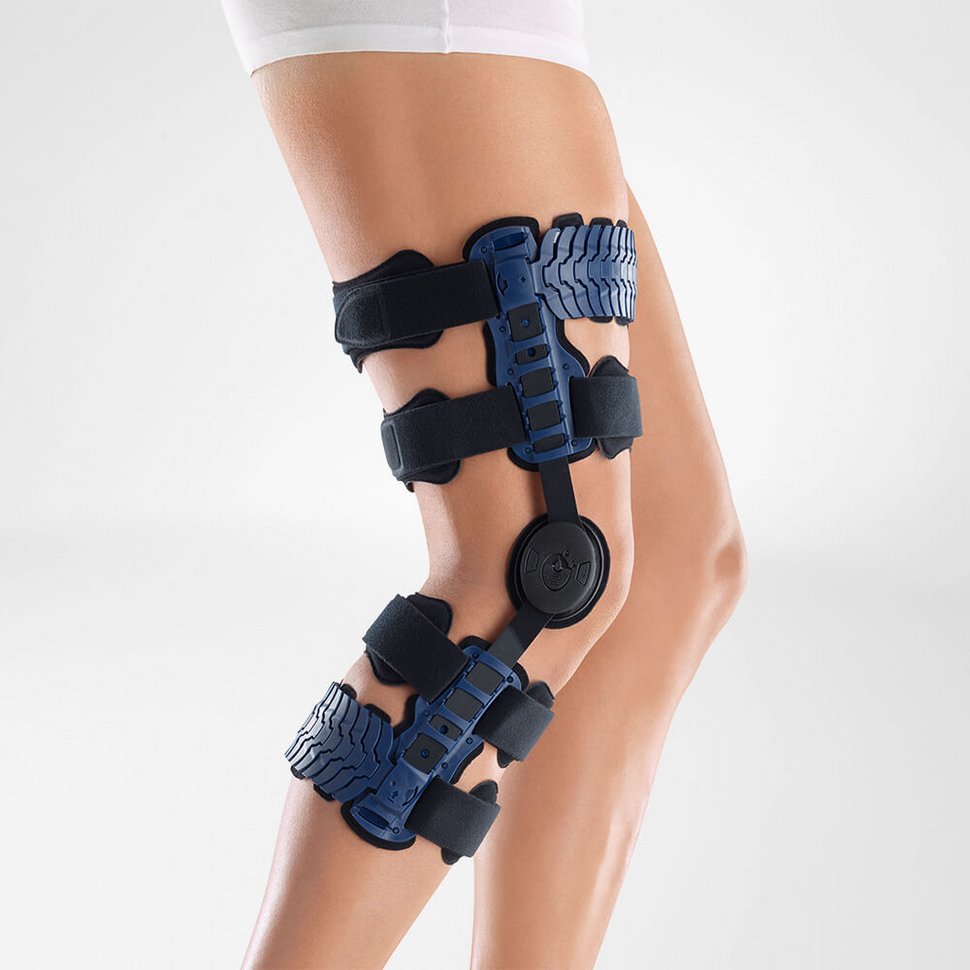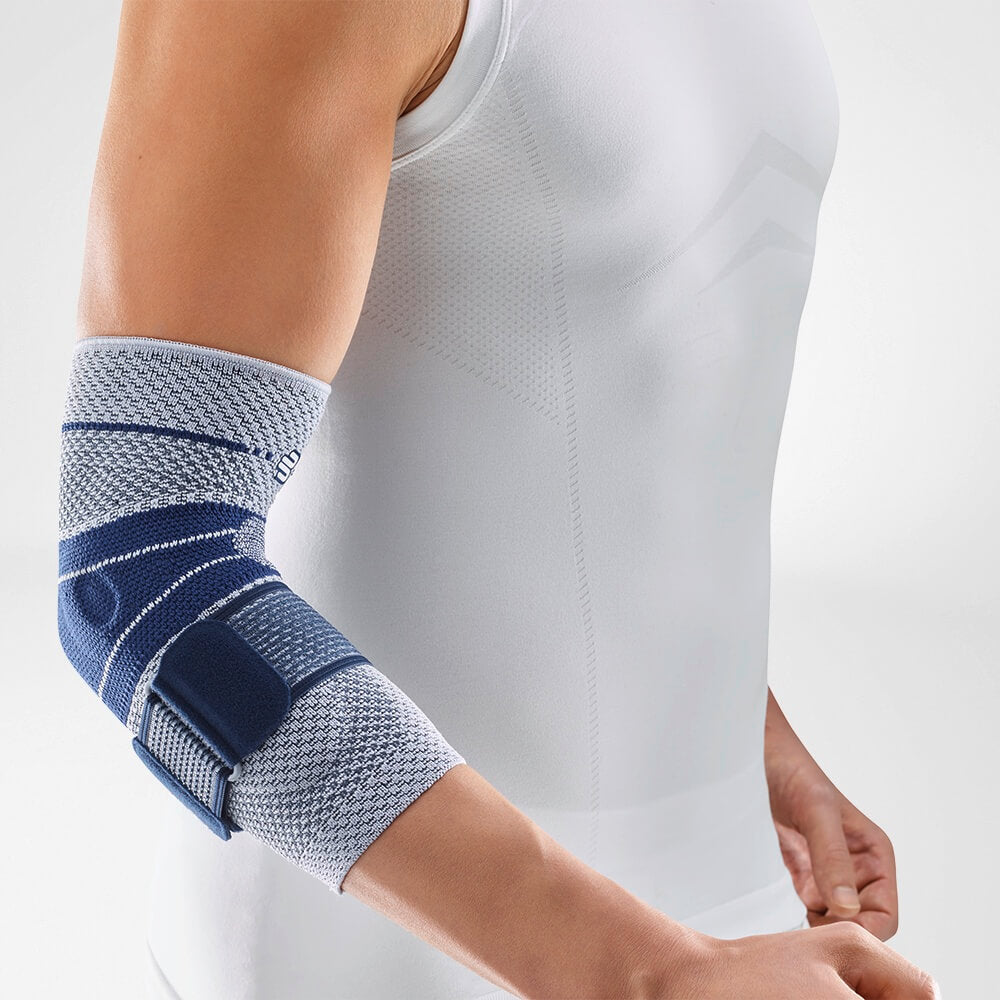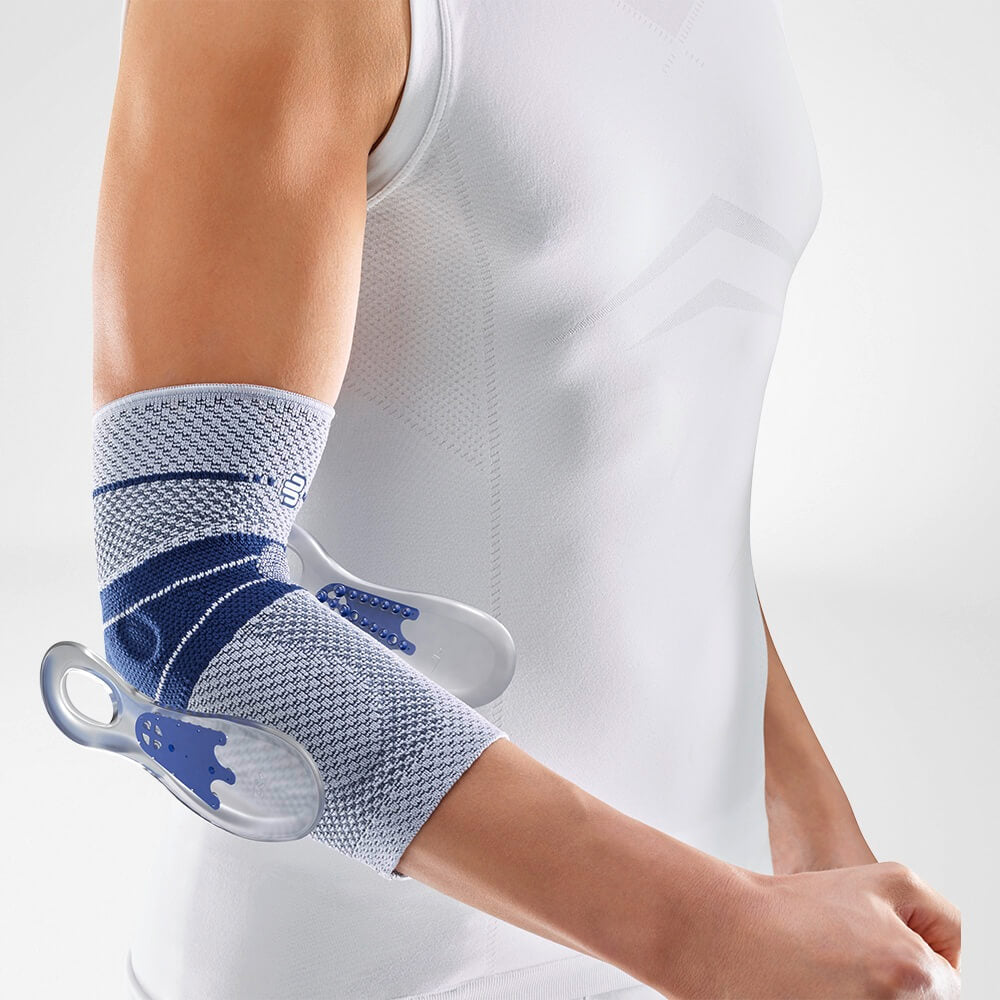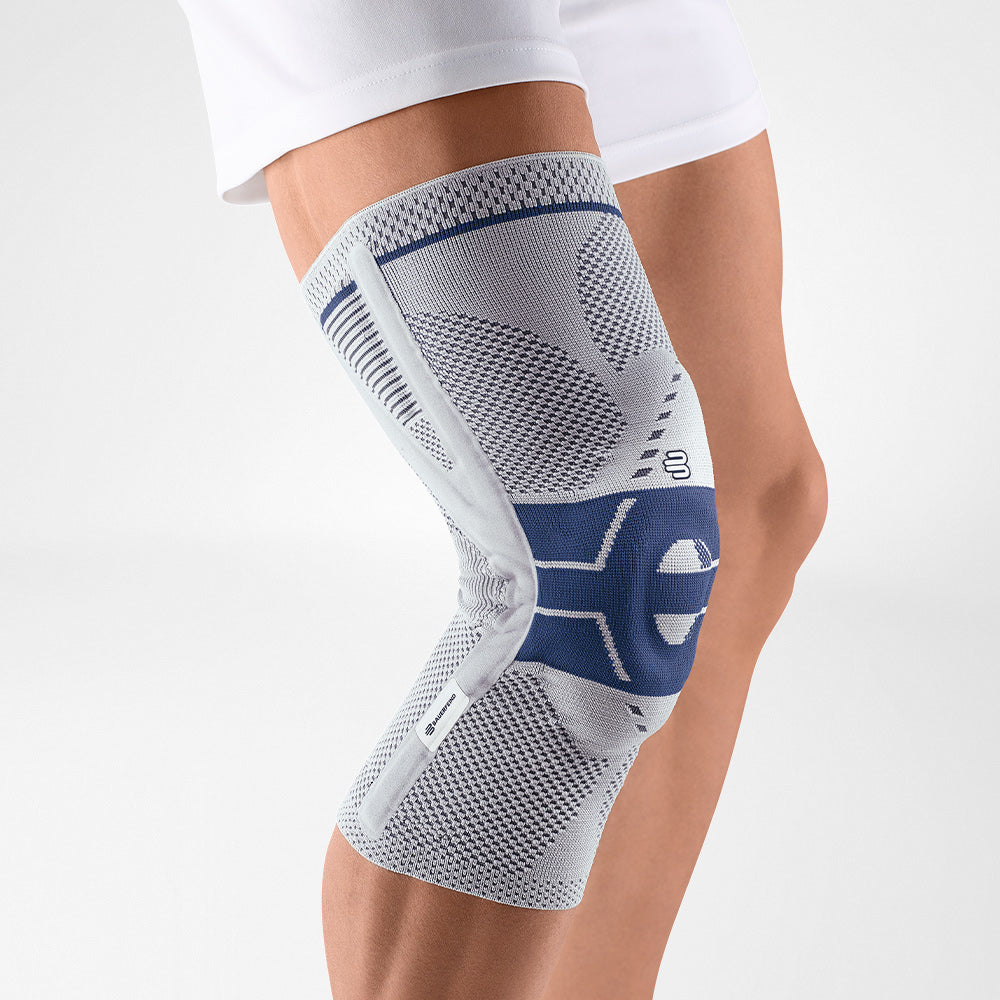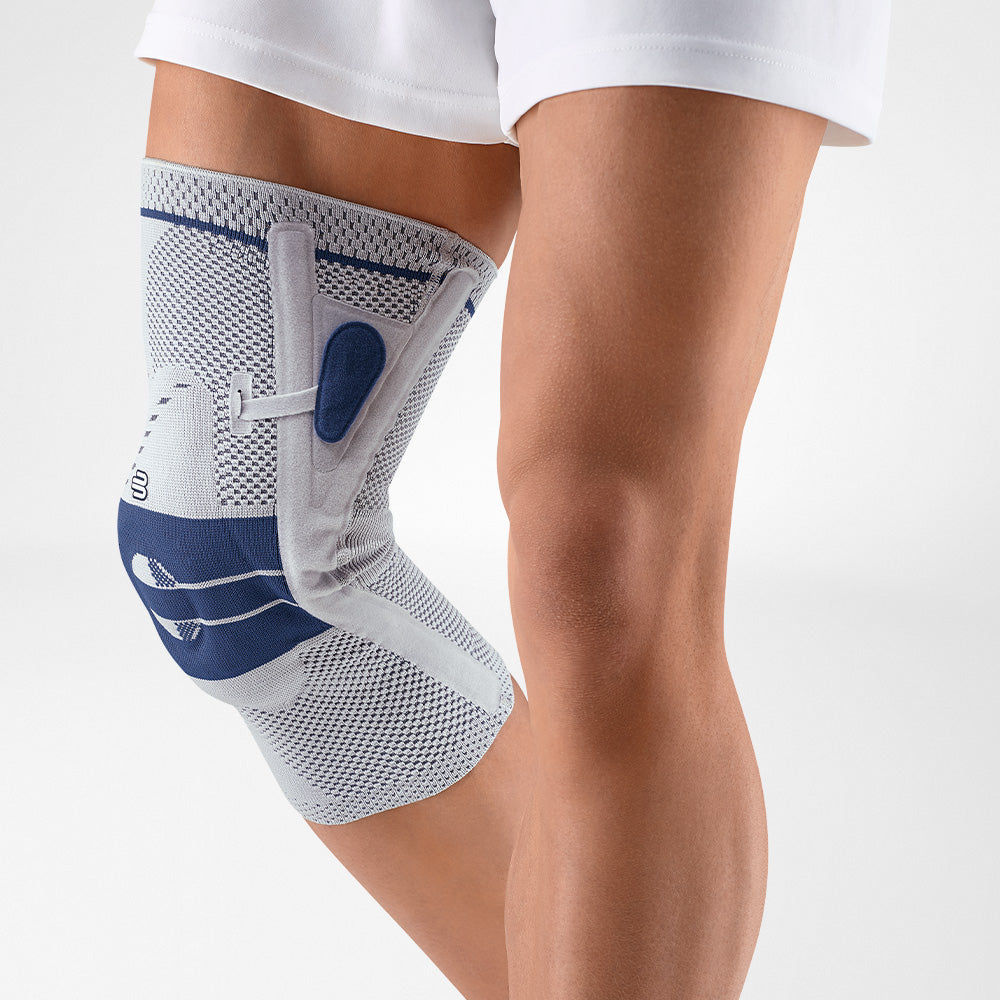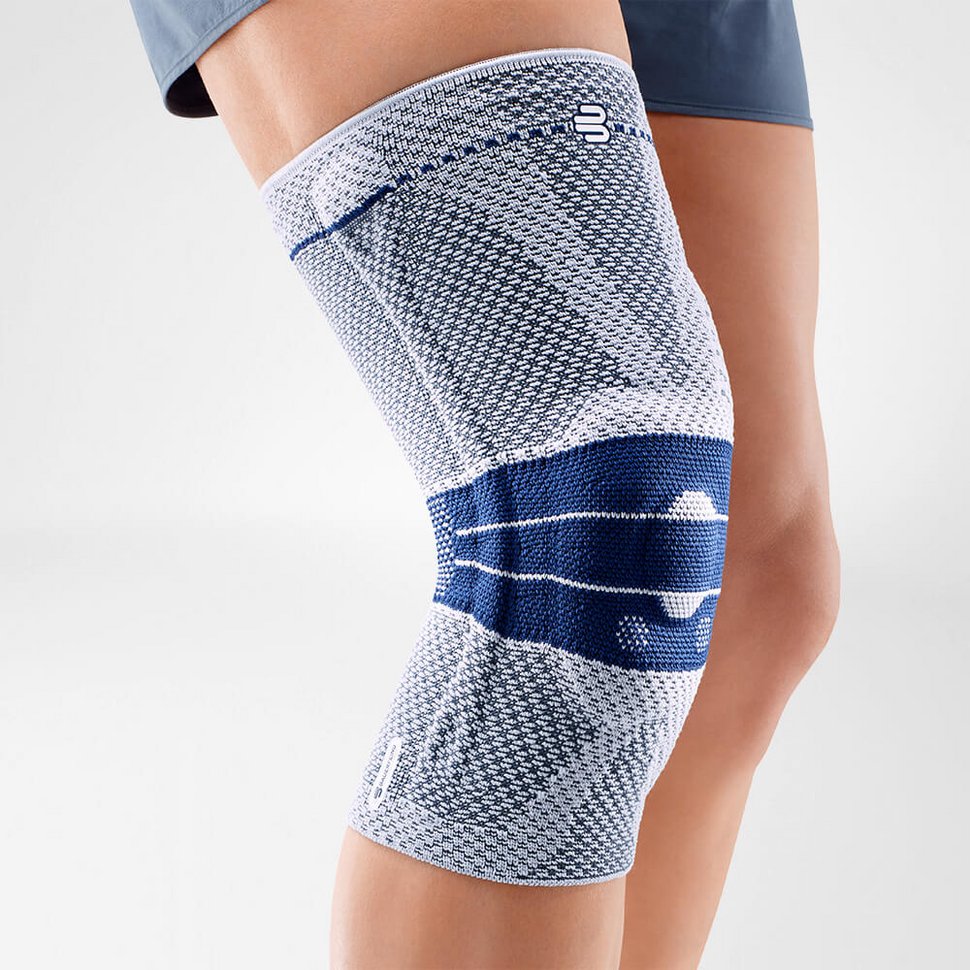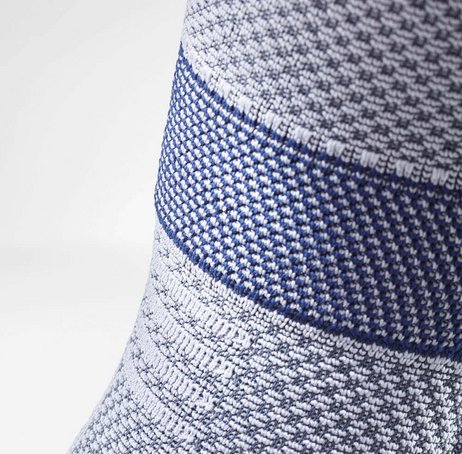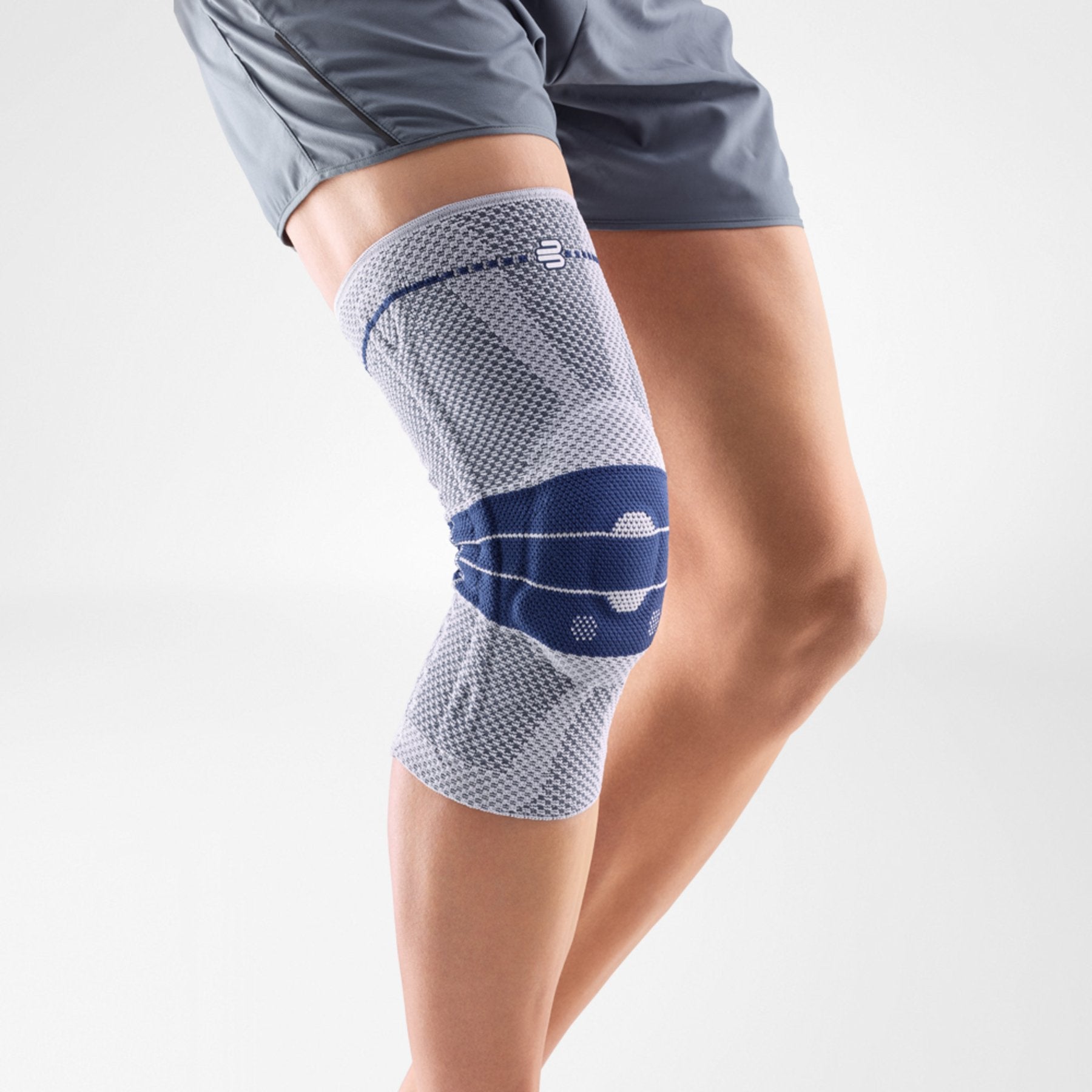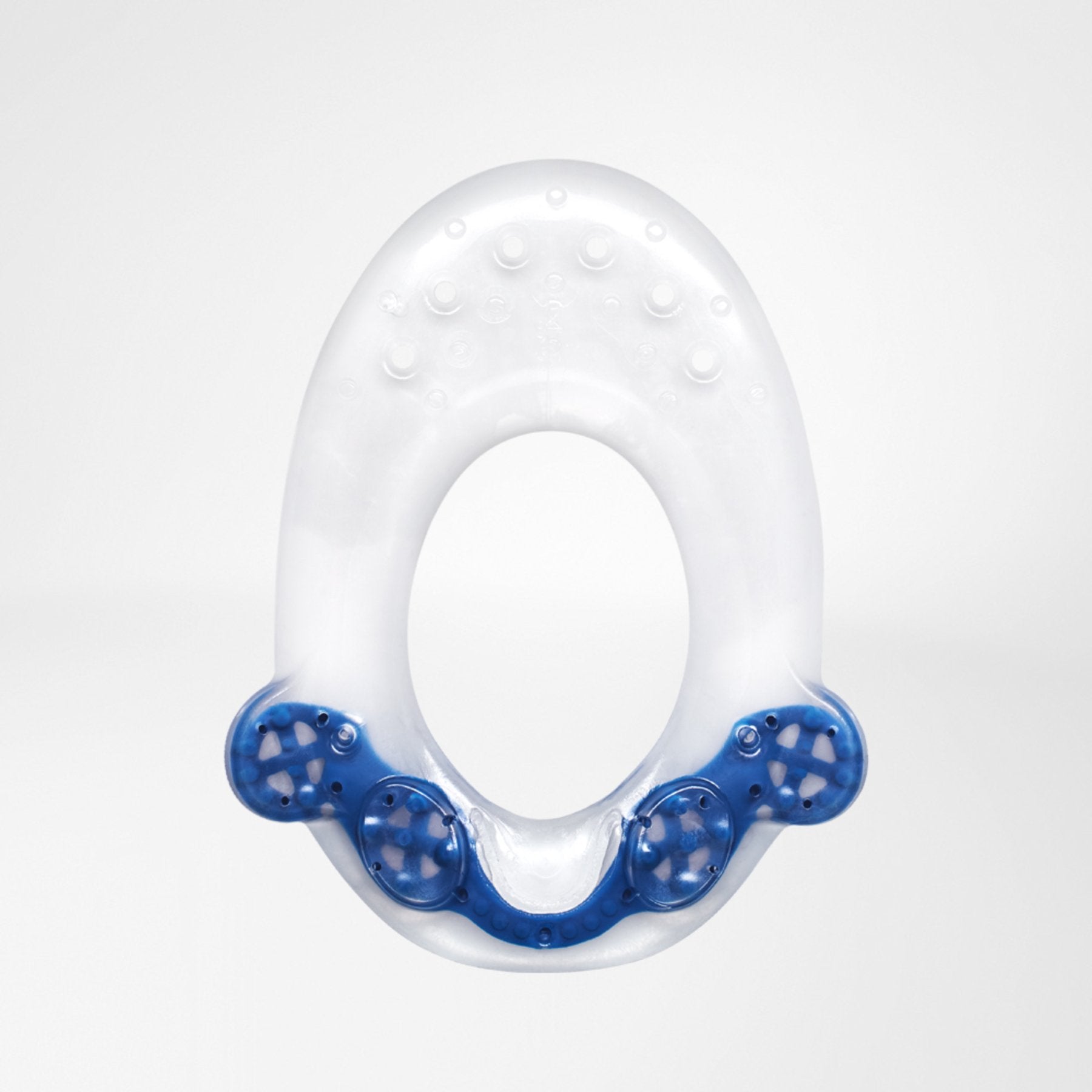Ankle Ligaments And Painful Extension Injuries
Our ankles carry the entire body weight on a daily basis. In some instances, they can bear up to 3 times your body weight, utilizing the collection of ligaments holds the ankle joint together.
Ligaments are connective tissue fibers that determine the range of movement in the joint. Movements beyond the natural range of motion (such as rolling your ankle) can result in painful ligament extensions.
Such extensions and sprains can severely restrict your mobility, and can adversely impact or impair simple day to day activities like walking, jumping and running.

Causes of Extension of Ankle Ligaments
Extension of the ligaments can be caused during a wide range of activities, often on uneven ground. Some of the more common activities that lead to this are:
- Hiking/Bush-walking on uneven/slippery surfaces.
- Playing sports with lots of varied foot positioning like soccer, netball and hockey.
- Running along the sand at the beach.
Many patients will often repeat the same injury in such activities, as once sprained, the ankle can lose some of its strength.
Extension of the Ankle Ligaments Symptoms and Diagnosis
Most cases of a sprained ankle are caused by the excessive unnatural movement of the ankle joint. It is a fairly common injury and is especially common in sports and physical activities.
Mild Cases
- In milder cases, the injury usually involves a sprain, with excessive inward or outward rotation of the foot.
- A patient typically experiences a “kink” on the edge of the foot which results in an over-extension of the ligaments. There is usually severe pain, significant bruising and swelling of the ankle joint.
- The patient’s mobility is restricted and is in immense discomfort. Any strain on the affected joint results in sharp pain and should be avoided where possible.
- Ample rest and stress-free recovery are highly effective in most cases.
Chronic Case
- In cases of severe trauma, however, the overstretching of the ligaments can lead to long term degeneration or even rupturing of the ligaments.
- In this case, the stability of the joint is severely compromised and there is increased risk to further injury. A patient’s long-term functioning can be severely impacted.
- Professional medical treatment should be pursued immediately. A proper diagnosis of the severity of the injury and a ruling out of complications like bone fragments and ligament ruptures is key to identifying the most effective treatment procedure.

Treatment of Extension of the Ankle Ligaments
Ligament extensions are a direct result of over-straining the ligaments of the ankle joint. Effective treatment begins with addressing the primary symptoms of over-extensions with relieving stress and providing ample rest to the joint. Most treatments for ligament over-extensions are conservative and don’t require any kind of surgery or invasive procedure.
-
Immobilization
It is highly recommended to immobilize the joint, taking weight and pressure of the ankle immediately. Avoiding any and all stress allows the joint to rest and begin recovery. Strapping the ankle with bandages at the time of injury will help with this.
-
Cooling
Patients with ankle ligament extensions often experience bruising and swelling of the ankle. Cooling the joint using ice packs or cooling blankets helps reduce the build-up of edema and provides relief.
-
Painkillers
Ankle injuries can be very painful and can cause severe discomfort to patients. Painkillers like Ibuprofen and Panadol can help manage the pain from the injury and provide some relief when directed by your doctor. Importantly, painkillers only temporarily treat the pain without addressing the underlying condition. In addition, tolerance may occur where the effectiveness of the drugs decrease as well as other potential side effects
-
Prescribed Physiotherapy
- In most cases, a combination of rest, proprioception and prescribed physiotherapy can be very effective tools to boost recovery.
- Physiotherapy helps strengthen the joint and the ligaments and helps to restore mobility. Following a set exercise regime provided by a physiotherapist or GP will help with the rehabilitation of the joint.
- Remedial massage and hydrotherapy are highly effective in boosting blood circulation and reducing any swelling and pain/discomfort.

-
Surgical Intervention
External surgical intervention is needed only in severe cases of trauma involving complications like a complete rupture of the ligament or the presence of bone fragments. In these instances, placing a cast on the joint in the short term helps ensure the proper recovery of the ankle.
-
Ankle Braces
- Recovery from ligament extension can be a long and slow process. Medical ankle braces are highly effective in both conservative as well as post-operative treatment and are recommended by surgeons and physiotherapists alike.
- These braces are ideal to protect and provide support to a compromised joint, allowing for a swift recovery. The targeted compression accelerates recovery by boosting muscle regeneration.
- Bauerfeind has a range of ankle braces to treat such sprains at any point of severity, from the MalleoTrain S to the MalleoLoc L3.
Prevention of the Ankle Ligament Injuries
Ankle braces are a valuable part of effective patient care for ligament extension injuries. Bauerfeind offers premium, German-engineered ankle braces that are well researched, designed and manufactured to the highest standards (compared with commonly available neoprene braces). This ensures all-day wearing comfort contributing to a faster therapeutic outcome.
The MalleoTrain Plus minimizes your chances of injury by providing enhanced stability, proprioception and medical-grade compression. The brace features a 3D anatomical sleeve with medical-grade compression, which focuses on the stronger muscles and tendons in the foot, unloading the pressure on the ligaments.
- This compression enhances performance as it reduces one’s recovery rate time and eliminates the lactic acid which causes cramps.
- The in-built figure 8 strap stabilizes the ankle, reducing any rolling movements of the ankle and guiding the foot into a regular gait.
- The breathable, hypoallergenic material is flexible, making it comfortable and supportive to wear for extended periods of time.
The MalleoLoc L3 works very similarly, but with rigid support on the lateral side of the foot, preventing any rolling out of the joint. It’s special 3 part system means you can swap around components of the support to suit each and every stage of recovery.

